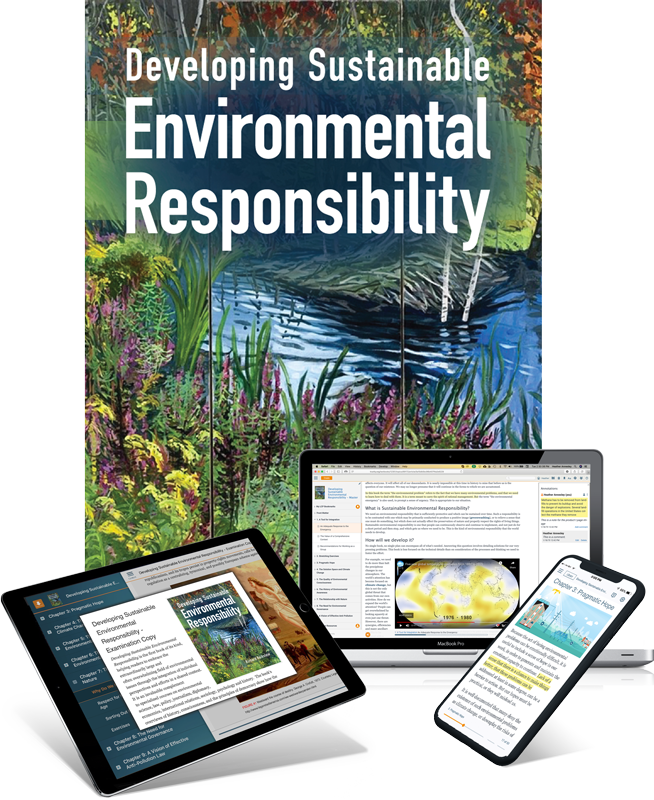Law for Sustainability, Purpose and Context
Justice, by Pierre Hubert Subleyras (1699-1749), at the Musée Thomas-Henry
When Justice Roberts was quizzed by Senators on his judicial philosophy during his confirmation hearings he said that judges ought to be like umpires. They don’t make law, they just call balls and strikes. But what about the role of the judge in providing justice? Let’s say the rules of the game have been corrupted – the strike box is smaller for one team than for the other. The judge must be a backstop, and apply the concepts of fair treatment embodied in the Constitution and our hearts. That would meet the original intent of the founders in creating a government of the people, and that would be making law. Of course judges are to restrain themselves, the judiciary is only one branch of government and the function of making and executing statutory law is reserved to two others. But judicial restraint must not include failure to defend the fundamentals. Judges must protect the basic purposes of government – to balance such things as freedom and equality on the scales of justice. In order to do that, they must occupy the center, and not the extremes, of our politics.


 RSS Feed
RSS Feed

